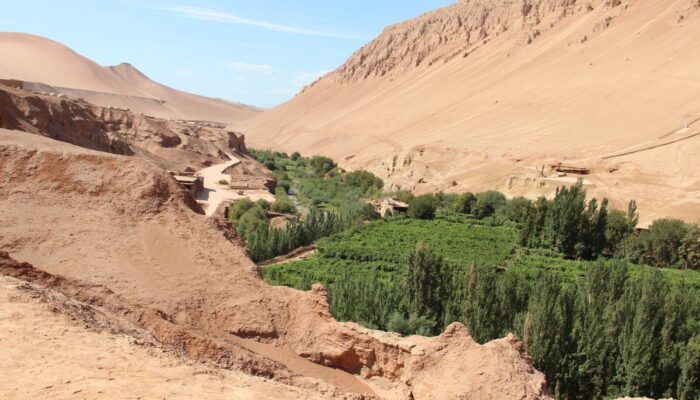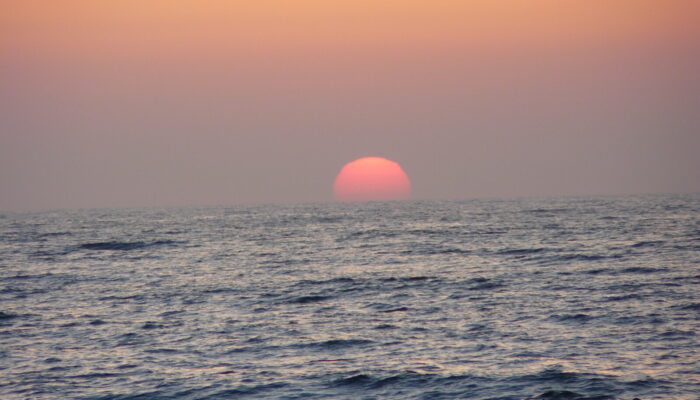When runoff from farmland and urban areas enters our streams and rivers, it carries a heavy load of fertilizers and nutrients. These substances accumulate and flow into our coastal oceans, triggering a series of reactions that can create hypoxic ‘dead zones’. Dead zones are low-oxygen, or hypoxic, areas in the world’s oceans and lakes. Because most organisms need oxygen to live, very f ...[Read More]
Lights, Camera, Abstract!: Your guide to creating a top-notch video abstract
Have you ever considered creating a video abstract but didn’t know where to begin or felt you lacked the skills to produce something of the quality you envisioned? Join me today as I welcome EGU’s editorial manager, Eduardo Queiroz Alves, who will address common questions and guide you through the process. Hello, Eduardo! Thank you so much for joining me to discuss creating a video abstract. ...[Read More]
Meet Marian Holness, EGU’s new Vice President
Congratulations, Marian, on your new role as EGU’s Vice-President! Can you tell us a little bit about yourself? I am a petrologist, currently working on problems related to the physical and chemical processes that occur during the solidification of magma. I have been a member of the Department of Earth Sciences, and a fellow of Trinity College, at the University of Cambridge for most of my career. ...[Read More]
Can our oases outlast the dry spell of desertification?

Ever wondered how fast our planet is losing its footing? Imagine this: every time you blink, four football fields’ worth of fertile soil vanish into thin air. According to the UN, that’s a mind-boggling 100 million hectares gobbled up by land degradation each year! But when this happens in dry regions, it morphs into something even more sinister: desertification. Karina Lima, a climate ...[Read More]



